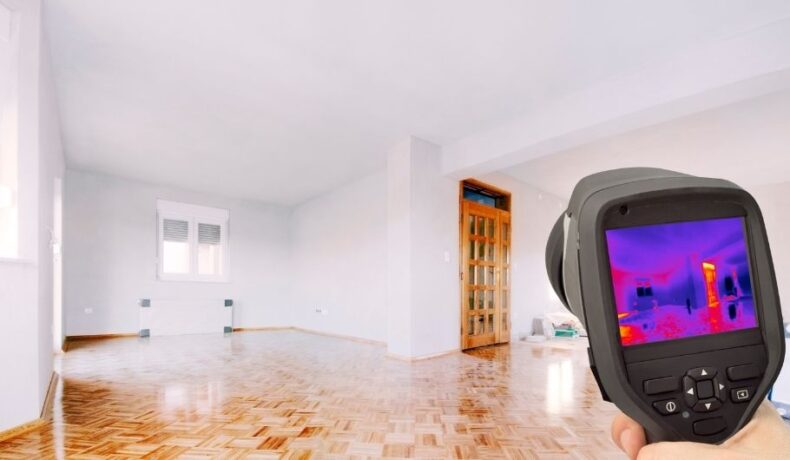With sweltering summers and freezing winters, it can be hard to stay comfortable indoors. Luckily, with the help of home insulation, you’ll be able to have better control over your thermal comfort!
In America, 90% of homes lack sufficient insulation. This means that many homeowners in America have higher electricity bills than they should. The lack of insulation is a major cause of heat loss, with 42% of heat escaping through uninsulated roofs and 24% through the walls.
In this article, we’ll teach you what home insulation is, how it can help you save money, and lastly, how it can improve your level of thermal comfort.
Table of Contents
What Is Home Insulation?
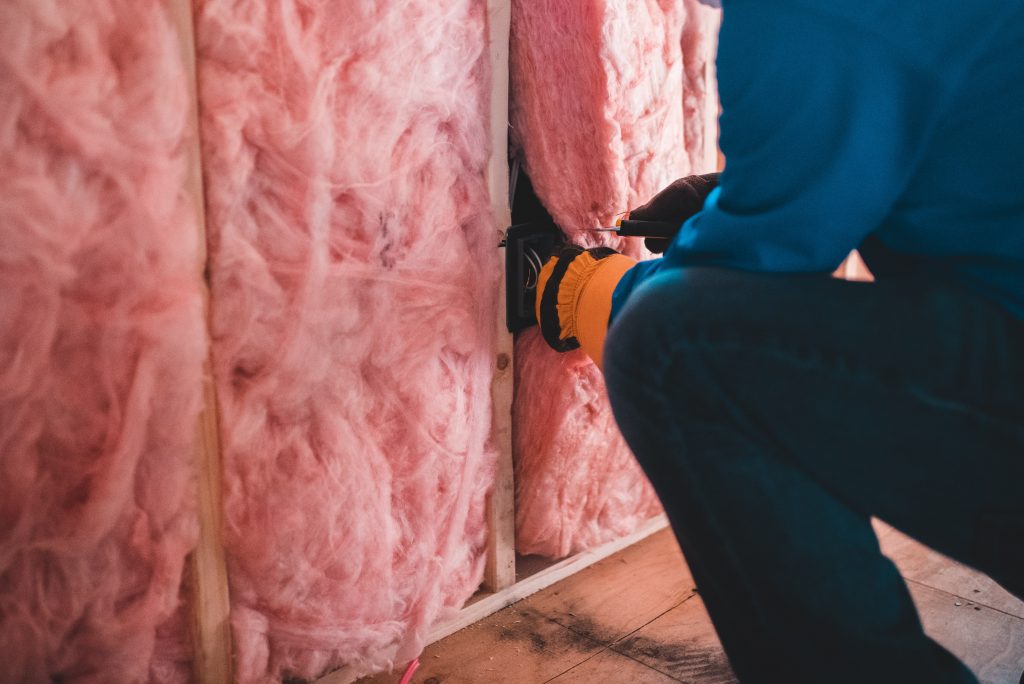
In a nutshell, insulation is a material that resists the transfer of energy.
Maintaining a comfortable climate indoors is the most common use of home insulation. This insulation, called thermal insulation, helps prevent the transfer of heat between the indoors and outdoors.
Insulation consists of materials that have a low conductivity rate, such as fiberglass, cellulose, and polystyrene.
Different insulation types can be found in a single building. As stated above, whilst the most common insulation resists heat transfer, insulation can resist other types of energy transfer too.
Here are some of the different types of insulation you may find in a home:
- Thermal Insulation
- Fire Insulation
- Acoustic Insulation
Thermal Insulation

Source: Archiproducts
Found in all kinds of climates, thermal insulation helps maintain comfortable temperatures all year round. However, depending on their thickness and material, insulations resist heat differently. The R-Value of thermal insulation is a measurement of how well it resists the transfer of heat. The higher the R-Value, the more heat transfer the insulation will resist.
In colder climates, homes will require insulation with higher R-Values to keep the warm air in. Insulation with higher R-values can also be used to keep the cool air in, especially in hot environments.
However, moderate climates require a much lower R-Value. Specifically where the temperature does not vary more than 42°Fa (6°C).
As thermal insulation is the most common type of insulation, we’ll be referring to it the most throughout the article.
Fire Insulation

Source: buildingenclosureonline
Certain insulations resist heat transfer so effectively that they’re fire-resistant. This type of insulation is naturally fireproof and is commonly made from fiberglass.
When treated properly, certain fire insulation can withstand a flame up to 572°F (300°C)!
Whilst fire insulation isn’t common in homes, certain building regulations and codes may require that fire insulation be present in case of emergencies.
Acoustic Insulation

Source: Soundproofing Tips
Since sound is a form of energy, insulation is able to resist the transfer of sound waves. Acoustic insulation absorbs sound pressure, reducing the amount of sound that travels through it.
Both fibrous and porous materials can absorb sound, each reacting to different frequencies. Fibrous sound insulation can consist of fiberglass, wool, or cellulose. Thermal insulation consists of the same materials. This means that one type of insulation can have multiple purposes.
How Does Home Insulation Work?
In order to be effective, insulation needs to be able to resist heat transfer. So before we go further into how insulation works, we need to understand how heat is transferred.
There are 3 main ways in which the transfer of heat occurs:
- Conduction
- Convection
- Radiation
Conduction

Source: Chemicalengineeringworld
Conduction is when there’s a transfer of heat through a solid or fluid substance. The heat from one side of the material causes the electrons and particles to rub up against one another, creating kinetic energy.
This energy is then transferred through the substance, and to the other side, causing heat to flow from the warmer side to the cooler side. The greater the temperature difference between the two sides, the higher the rate of conductivity will occur.
Materials such as copper, aluminum, or stone are great conductors of heat whilst wool, wood and fiberglass are not.
This is why insulation is often made out of fiberglass, cement, Rockwool, cellulose, or sheep’s wool. These materials are bad at conducting heat which keeps the warm air in and the cold air out, and vice versa.
Convection
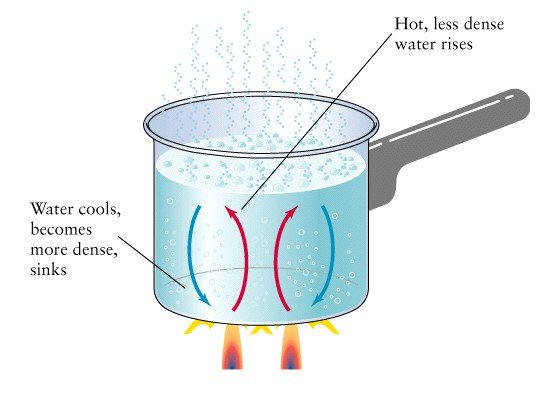
Source: Kofa Study
Convection is the transfer of heat through a gas or a fluid. Because the molecules of these states of matter are further apart, they often collide with each other.
When in contact with heat, the molecules and particles move faster, creating kinetic energy. The warmer the particles are, the more they spread out they are, becoming less dense. Because they have a lower density, these particles rise – hence why warm air rises.
Conversely, when the molecules cool down, they slow down and become denser. This causes them to sink due to gravity.
A good example of convection is water vapour in the atmosphere. As the water evaporates and forms steam, it rises into the atmosphere. As it reaches the upper, colder layers, the steam condenses into water droplets and falls back down to earth.
If there is no insulation in your home, all the hot air will either transfer its heat to the cooler outside or build up. Either way, thermal comfort would become extremely difficult to control.
Radiation
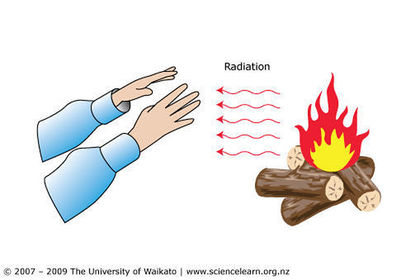
Source: sciencelearn.org
Radiation is the more complicated way in which heat is transferred. Light and UltraViolet rays travel in the form of waves. This means that their photons travel through space and collide with other particles. When the photons and particles collide, energy is transferred from one to the other.
But heat can also travel in similar waves. Objects like radiators emit heat waves and so do human bodies. This is why we can feel the warmth from the sun, heating devices, or even during a hug or handshake.
Heat can then build up in your home’s walls and roof and then radiate outwards. This causes a loss of heat in your home. In the summer, the sun would heat your roof and walls, causing heat to radiate inwards.
Insulation allows us to prevent this radiation from occurring and have greater control over the thermal comfort of our homes.
Why Is Home Insulation Important?
As you might have gathered by now, thermal insulation allows you to have greater control over the thermal comfort of your home. With more of us working from home, having a comfortable climate to be productive and live in is essential.
Insulation does this by controlling the amount of heat leaving and entering the building. Because of this, there’s less dependency on heating and cooling systems for thermal comfort. Not only is this more environmentally friendly, but it will save you money too.
According to the Energy Savings Trust, having a well-insulated home can save you up to $410 on your energy bill.
A trending design concept at the moment is the passive house. Insulation is one of the key components of this concept and owning a passive house uses up to 90% less energy than a conventional home.
Not only does home insulation save you money, but it can also help maintain better air quality. With insulation installed, it prevents moisture from warm air from condensing when it reaches your roof. Because of this, it eliminates unwanted water damage and mould growth.
Types Of Home Insulation
Consisting of a wide variety of materials, insulation can be grouped into 3 main classifications.
- Fibrous insulation
- Cellular insulation
- Foam insulation
Fibrous Insulation
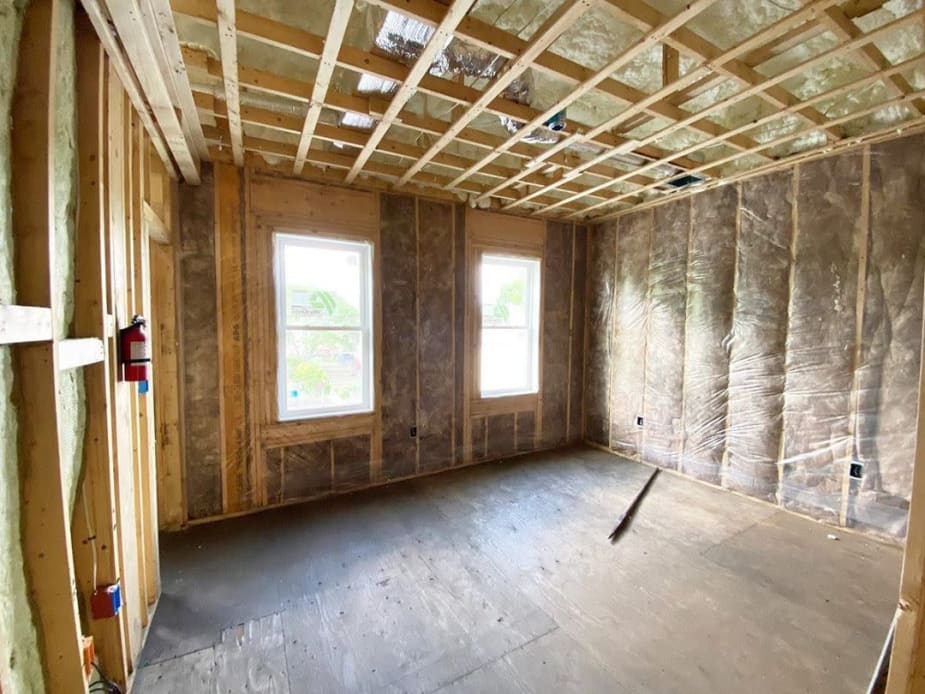
Source: buildwithrise
The most common insulation found in homes is fibrous insulation. It consists of fibers that trap air pockets between them.
This takes advantage of the fact that air is a surprisingly good insulator. By minimizing the impact of particles, the fibers stop the generation of heat and prevent heat transfer.
Common materials in fibrous insulation are:
- Silica
- Fiber Glass
- Rockwool
- Sheeps Wool
- Mineral Wool
- Slag Wool
Cellular Insulation
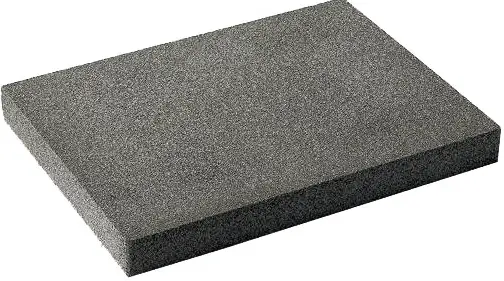
Source: Nuclear-power
Cellular insulation consists of small cells of material. The cells are blown into a cavity and allowed to settle. This insulation doesn’t rely on air for insulation but rather the material it’s made from.
Whilst cellular insulation is extremely effective, it’s not the most environmentally friendly insulation and it consists mostly of unrecycled plastics.
Common materials in fibrous insulation are:
- Glass
- Polystyrene
- Polyolefin
- Rubbers
Foam Insulation
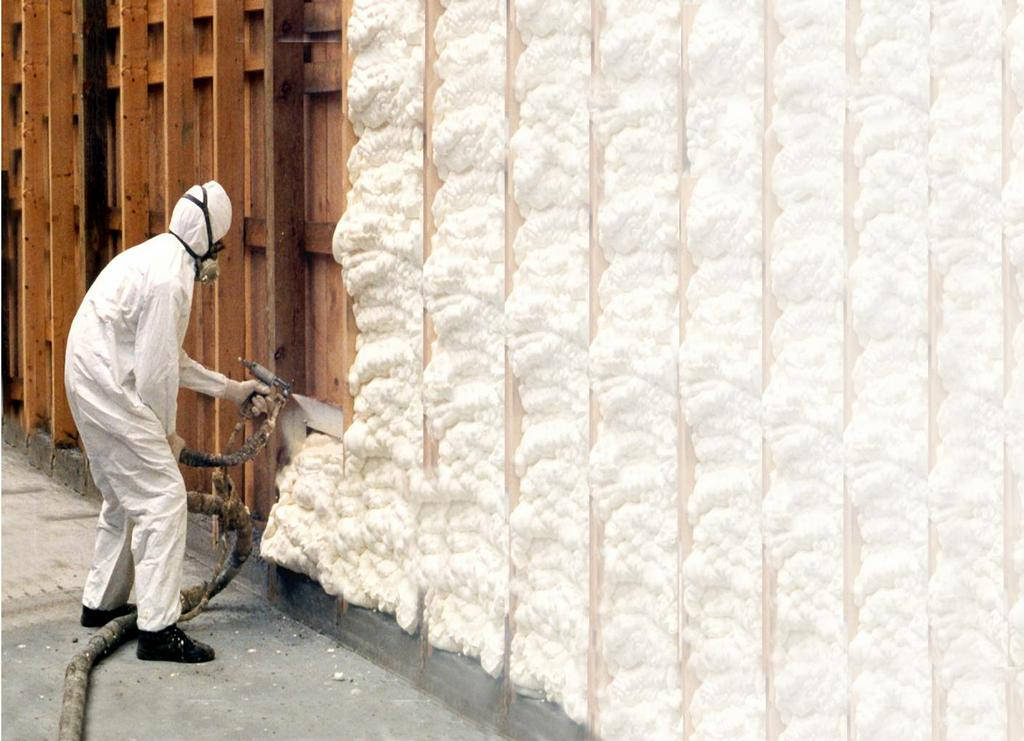
Source: powerblanket
If we had to choose which insulation process to observe, it’d be foam insulation.
Consisting of a special chemical compound, it’d sprayed directly onto your roof or wall.
As it hits the surface, it expands into a fluffy foam. After a time, it then hardens as a cementitious material would.
Polyurethane is the main component of foam insulation.
Other Types of Insulation
Whilst the above three insulations are the most common types of insulation found in homes, there are a few more types out there. They all do the same thing – resist the transfer of heat – but the materials just come in different forms.
These other types are:
- Reflective
- Flake
- Granulat
Eco -Friendly Insulation
Today, the most widely used insulations consist mostly of plastics that are designed to have a long lifespan.
Not only will these plastics take up to 500 years to decompose, but plastic production also contributes to global CO₂ emissions.
According to a study by Utrecht University in the Netherlands, plastic production contributes to 4.4% of western CO₂ emissions.
But as technology advances, we continue to find substitutes for plastics and other harmful materials. Some eco-friendly insulations consist of olive pips, recycled PVC, and wood chips whilst others are made from gypsum, cork fibers, and cardboard waste.
How Much Energy Will A Well-Insulated Home Save?
Here’s the bottom line – thermal insulation allows for great control over thermal comfort in your home. This means that there’s less of a dependency on conventional heating and cooling systems.
According to Energy Star, without these systems, you can save up to 15% on energy consumption.
By incorporating other passive design principles into your home such as passive cooling, you will save energy and money.
By using insulation and passive cooling techniques, you can cut your electricity bill in half!
How Much Will It Cost To Insulate A House?
There are a few things you’ll need to know to calculate how much insulation your home will need. Once you know how much insulation you’ll need, you’ll need to determine which type you’ll be using.
This will depend on your climate and it’s best to ask a local contractor or architect to determine what R-Value the insulation requires.
To calculate how much insulation you’ll need, you will have to measure all your exterior walls and multiply that by their height. This will calculate the area of your walls. Then, you’ll have to calculate the area of all your windows and doors and subtract that from the wall area.
Area = Length x height
Wall Area – (Window 1 Area + Window 2 Area + Door Area)
If this sounds confusing, that’s okay! Below you’ll find examples of different sized homes and how we calculated the cost of insulation!
The ASHRAE 90.1 is a guide to what the minimum requirements are for insulation in American residential houses. On average, a residential home will require insulation with an R-Value of 13.0. Prices for R13 insulation will vary but for the examples below, we’ll use a simple Rockwool insulation at $0.44 per square foot.
Standard House Size – 1558 Square Feet.
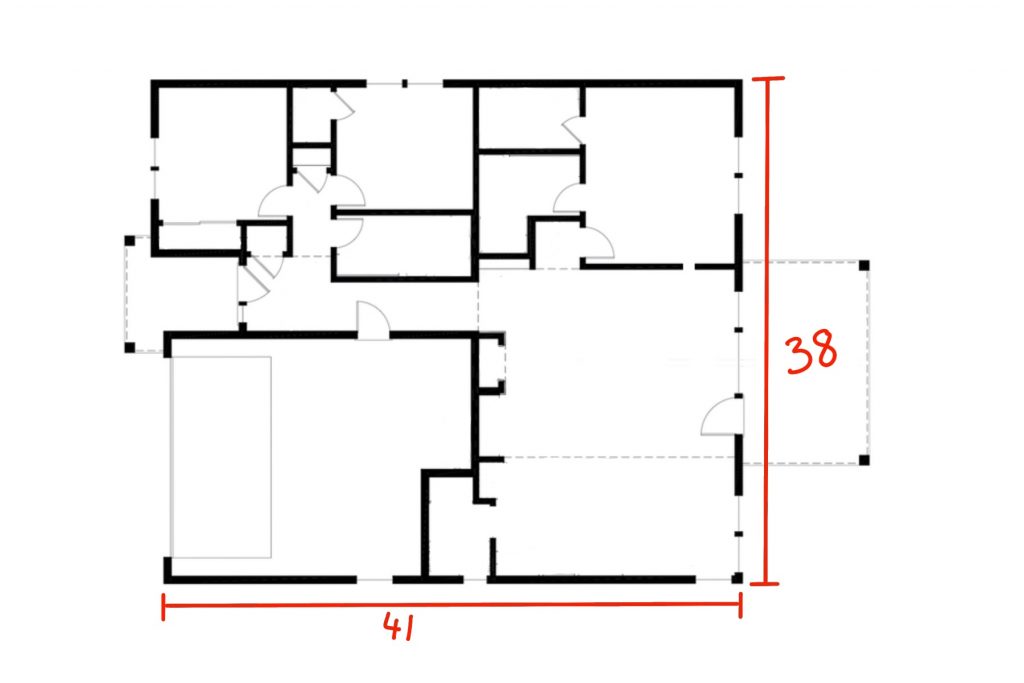
Let’s assume that all walls are 10 feet in height.
Area of walls = (38×10)+(41×10)+(38×10)+(41×10)
Total area = 1580 square feet.
The area of windows + area of doors = (170) + (81)
= 251 square feet
Thus to calculate the total insulation required, we subtract the area of windows and doors from the area of the walls.
(Area of walls)-(Area of openings)
1580 – 251
= 1329 square feet.
With the price of insulation at $0.44, we multiply 1329 x 0.44
= $584.76
A Large House – 2880 Square Feet.
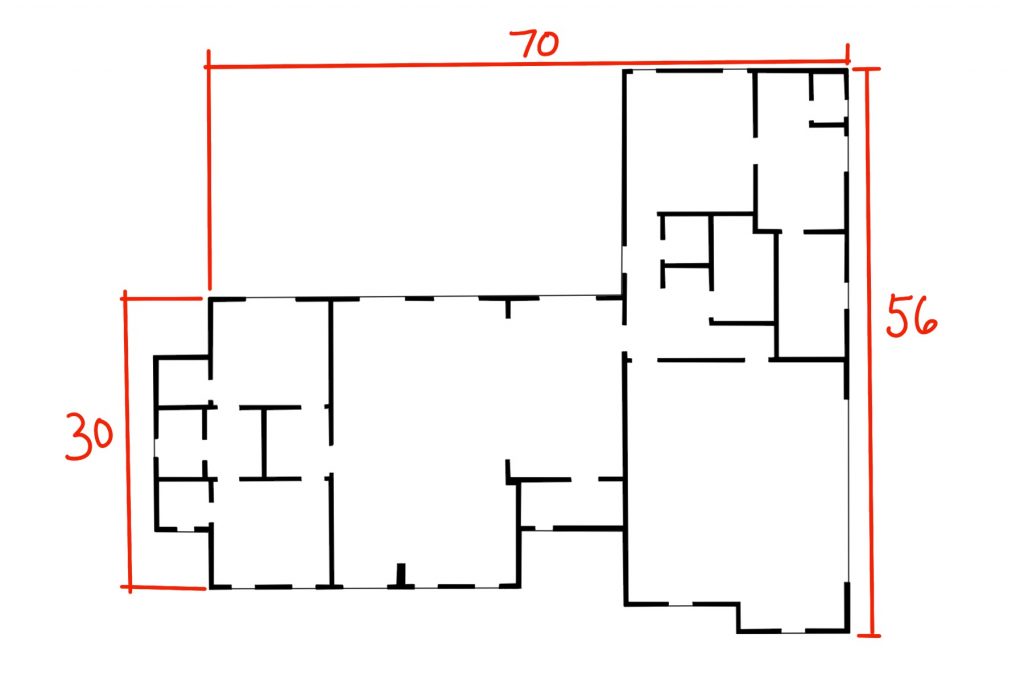
Let’s assume that all walls are 10 feet in height.
Area of walls = (30+26+70+56+70) x 10
Total area = 2520 square feet.
The area of windows + area of doors = (120) + (102)
=222 square feet
Thus to calculate the total insulation required, we subtract the area of windows and doors from the area of the walls.
(Area of walls)-(Area of openings)
2520 – 222
= 2298 square feet.
With the price of insulation at $0.44, we multiply 2298 x 0.44
= $1011.12
Is Home Insulation Worth The Cost?
Definitely!
When it comes to energy efficiency in buildings, it’s always important to keep the bigger picture in mind. Whilst the installation of insulation may add to your total construction budget, having the insulation will save you money in the long run!
Keep in mind everything we’ve discussed. The amount of energy consumption used is lower than a home without insulation. Not just that but your monthly electricity bill will decrease!
Don’t forget that it’s more environmentally friendly to have a well-insulated home! The energy required to power conventional heating and cooling systems contributes to 7% of greenhouse gas emissions!
Final Thoughts
Insulation has proven to be a great product for thermal control. By resisting heat transfer, it keeps our homes warm in the winter and cooler in the summer.
By stopping heat transfer like conduction, convection, and radiation, it decreases the amount of heat loss drastically! This won’t just improve comfort within your home, it’ll also save you money every month!
We highly recommend that you look at installing insulation If you’re building a new home. Or perhaps take a look at what insulation your current home has to see if there can be any improvements.
While it may crease the cost of building, installing insulation is worth it in the long run!

